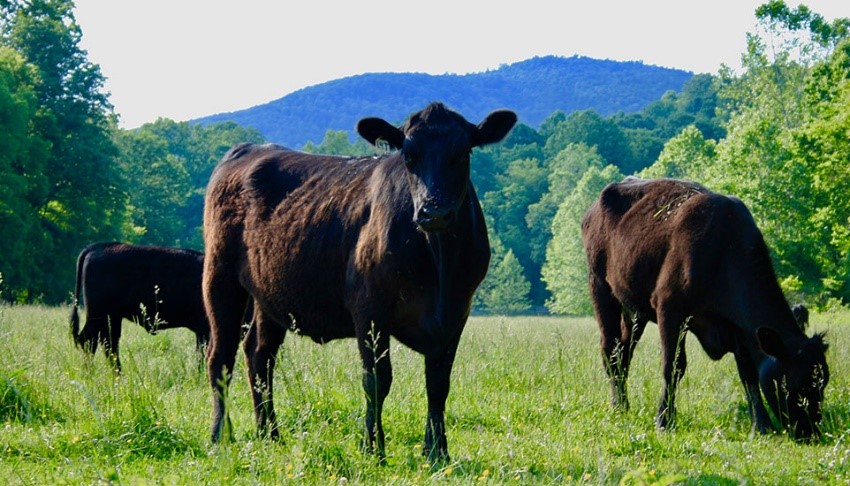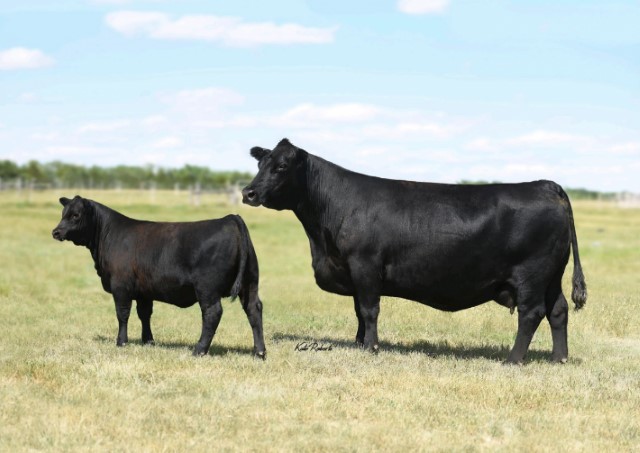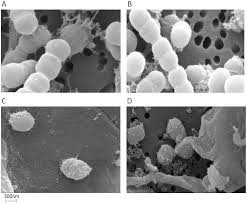
Learn more

Because Ruminococcus albus is widely known as one of the most actively fibrolytic ruminal bacteria, the genes from certain types of R. albus have also been used to breakdown feedstock in the biofuel industry. Image courtesy of the USDA.
Learn more

R. albus had been linked to activities that influence cellulose degradation and contribute to the conversion of fibrous feed into the organic acids utilized by the host as nutrients. Many studies have been found that R. albus can represent around 10% of the total rumen microbiome.
Learn more

Recent studies discovered that certain R. albus types are sensitive to biochanin A, potentially altering the cellulolytic balance in the rumen. Biochanin A is an important compound that commonly comes from red clover and has been researched to mitigate the symptoms of fescue toxicosis. Image courtesy of Vodovnik et al, 2013. PLoS ONE